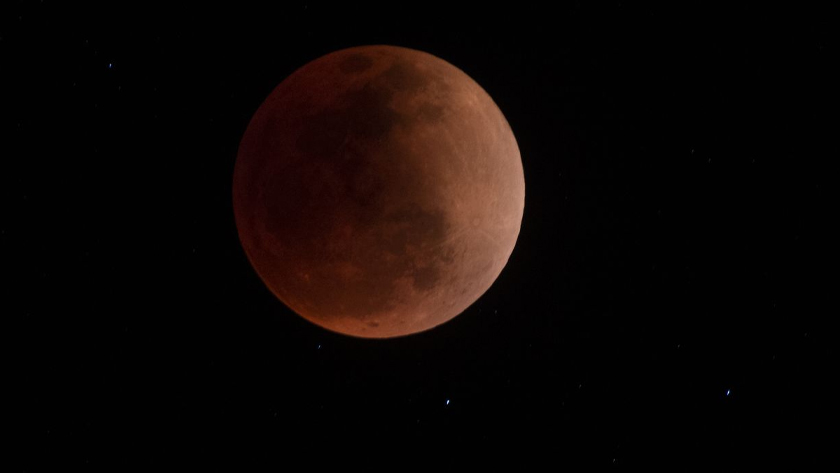Iran Press/ Sci & Tech: Stunning meteor showers, full moons and eclipses will light up the sky in 2023.
The year is sure to be a sky-gazer’s delight with plenty of celestial events on the calendar, CNN reported.
A comet discovered in March 2022 will make its closest approach to the sun on January 12, according to NASA. The comet, spotted by astronomers using the Zwicky Transient Facility at the Palomar Observatory in San Diego County, California, is named C/2022 E3 (ZTF) and will make its closest pass of Earth on February 2.
The comet should be visible through binoculars in the morning sky for sky watchers in the Northern Hemisphere during most of January and those in the Southern Hemisphere in early February, according to NASA.
On any given day, there is always a good chance that the International Space Station is flying overhead. And if you ever want to know what planets are visible in the morning or evening sky, check The Old Farmer’s Almanac’s calculator.
Lunar and solar eclipses
There will be two solar eclipses and two lunar eclipses in 2023.

A total solar eclipse will occur on April 20, visible to those in Australia, Southeast Asia and Antarctica. This kind of event occurs when the moon moves between the sun and Earth, blocking out the sun.
And for some skywatchers in Indonesia, parts of Australia and Papua New Guinea, it will actually be a hybrid solar eclipse. The curvature of Earth’s surface can cause some eclipses to shift between total and annular as the moon’s shadow moves across the globe, according to NASA.
Like a total solar eclipse, the moon passes between the sun and the Earth during an annular eclipse — but it occurs when the moon is at or near its farthest point from Earth, according to NASA. This causes the moon to appear smaller than the sun, so it doesn’t completely block out our star and creates a glowing ring around the moon.
A Western Hemisphere-sweeping annular solar eclipse will occur on October 14 and be visible across North, Central and South America.
Meteor showers
The new year kicks off with the Quadrantid meteor shower, which is expected to peak in the overnight hours between January 3 and 4 for those in North America, according to the American Meteor Society.
It’s the first of 12 meteor showers throughout the year, although the next one, the Lyrid meteor shower, doesn’t peak until April.
Here are the peak dates of other showers to watch in 2023:
Lyrids: April 22-23
Eta Aquariids: May 5-6
Southern delta Aquariids: July 30-31
Alpha Capricornids: July 30-31
Perseids: August 12-13
Orionids: October 20-21
Southern Taurids: November 4-5
Northern Taurids: November 11-12
Leonids: November 17-18
Geminids: December 13-14
Ursids: December 21-22
If you live in an urban area, you may want to drive to a place that isn’t littered with city lights. If you’re able to find an area unaffected by light pollution, meteors could be visible every couple of minutes from late evening until dawn.
Find an open area with a wide view of the sky. Make sure you have a chair or blanket so you can look straight up. And give your eyes about 20 to 30 minutes to adjust to the darkness — without looking at your phone! — so the meteors will be easier to spot.
214
Read More:
Watch best meteor shower in 2022
Mojtaba Darabi

